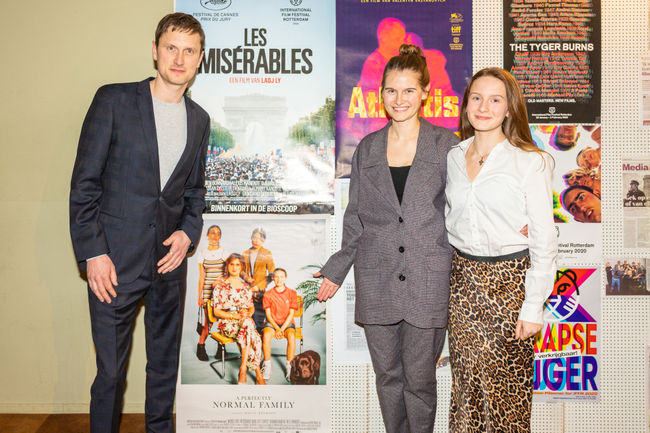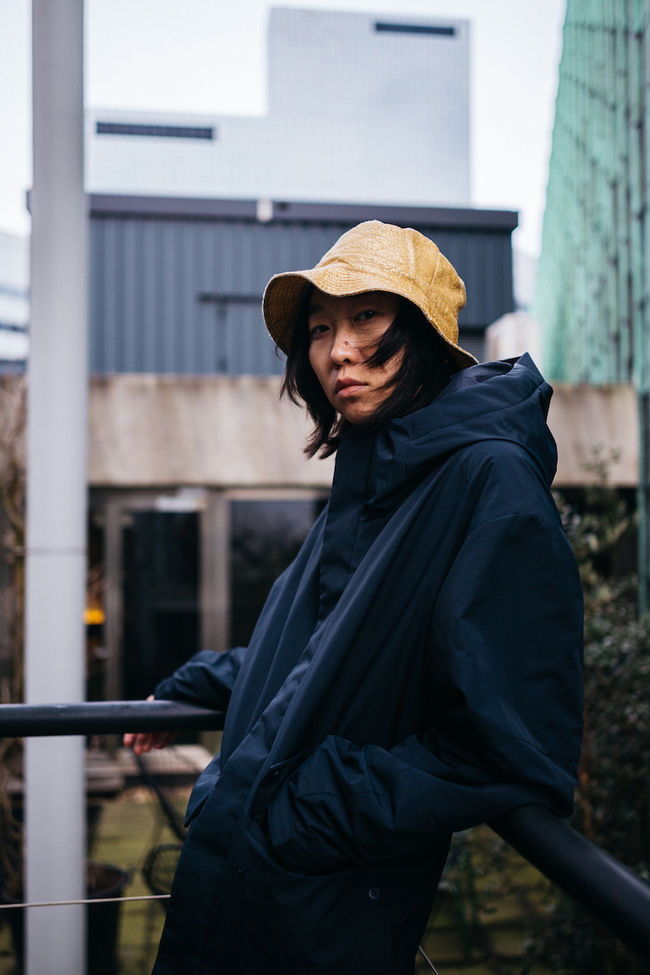Arun Karthick on Nasir
27 January 2020
Arun Karthick on Nasir
Filmmaker Arun Karthick provides a chilling account of the looming threat of Hindu extremist violence in India today. Strictly avoiding sensationalism, Nasir shows a day in the life of a mostly content Muslim salesman.
Independent Indian filmmaker Arun Karthick follows up his IFFR debut feature The Strange Case of Shiva from 2016 with Nasir. The Tiger Competition-selected film is named after its main character, a salesman of modest means from a Muslim area in Coimbatore, the second-largest city of the Southern Indian state of Tamil Nadu.
Following Nasir through the crowded, narrow streets, Karthick vividly portrays everyday life in the neighbourhood. Whether it’s at the water pump, the market, or the Hindu-owned clothing shop where Nasir works. Although money is sparse, Nasir doesn’t complain. In the background, however, the threat of Hindu extremist violence is continually present.
What was filming in this area like?
“I am from Coimbatore myself, but to really get to know this Muslim neighbourhood, I decided to rent a small house there – just like the one where Nasir lives. I stayed there for two years, telling people that I was a writer. I was probably the only non-Muslim in the area. At first, people were sceptical: who is this guy? Everybody, from kids to shop owners, asked me what my story was about, and why I wanted to write a story about them anyway.”
“But after a few months, it was fine. I got to know the area, how they did things, their attitudes, their figures of speech. For example, there was no running water. You had to get that from a hand pump on the street. So, every morning, I stood in line with everybody else. And I could see what people did while they were waiting. I liked doing that, because it taught me how to film such scenes. Each place has its own specificities, you know?”
So when you started filming, they already knew you.
“Yes. And when we filmed Nasir walking through the streets and the flower market, we had a minimal crew, which looked just as if they were passers-by. We weren’t noticed very much. We tried to belong to that space.”
While Nasir is walking, we hear loudspeakers spewing propaganda. First from the mosque, and further on, from Hindu extremists. It’s like going from one bubble to the next.
“Yes, and everything you hear is an actual recording. These bubbles are blown very intentionally – I’ll blow mine, you blow yours, let’s see if we clash. Sometimes they float next to each other, without touching. And sometimes they collide and burst.”
But there is a difference. The mosque is telling Muslims about Islam. The Hindu extremists are inciting against non-Hindus.
“True. Of course, I could have made a mosque recording that is also inflammatory. But most of the time, it’s the Hindu extremists who are the offenders. Because they are the majority – the Muslims are only a small minority in Tamil Nadu.”
In your film, nobody pays attention to these loudspeakers.
“That’s because this is an everyday occurrence. But it does feed into the paranoia of the common man. And everybody knows about the incidents that have happened since the Hindu right-wing government came to power. It usually starts with gossip, like that some Muslim is eating beef. And then you get mob violence. The mob doesn’t ask questions – they just beat you to death, right then and there. It makes everybody feel unsafe. Even if you’re not a Muslim, you might be mistaken for one.”
Is that also the case in Coimbatore?
“I should tell you why I made Nasir. After my first movie, I wanted to run a coffee shop for a while, in Coimbatore. I was only doing it for a week, when suddenly hundreds of Hindu extremists started smashing up all the shops in my street. An eight-kilometre-long riot, right in front of my eyes. It reminded me of a short story that had touched me deeply, The Story of a Clerk by Dilip Kumar.”
How did you adapt that story to film?
“The short story was told from a second-person perspective: ‘You sleep, you wake up’, et cetera. It means that immediately, you become that Muslim salesman. As we didn’t want to film everything as if you were Nasir, we looked for other ways to pull the audience in. We used 4:3 framing, which boxes you in with him. We recorded in mono, so all the sound comes from the middle of the screen. And we made the visuals a bit hyper-realistic, with saturated colours. It’s all intended to converge on Nasir. Our cinematographer said the camera should be like an angel: unseen, but always there with him. So the audience will pay close attention to someone who, normally, they wouldn’t even notice.”
written by Kees Driessen



